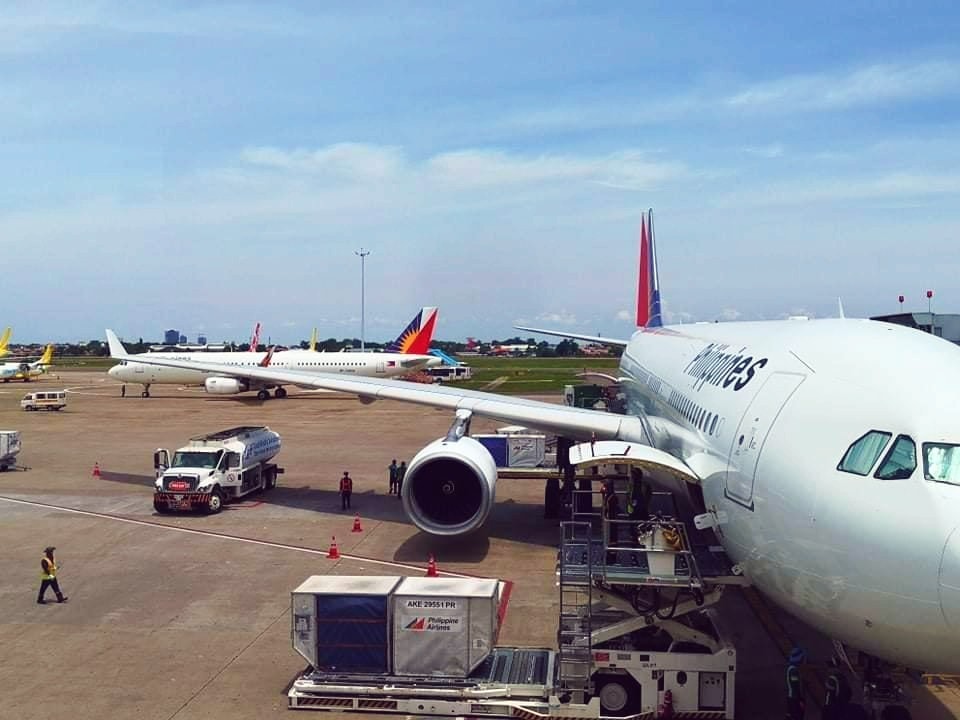National flag carrier Philippine Airlines announced on New Year’s Eve that the airline has emerged from its voluntary Chapter 11 proceedings and is now on track for full recovery over the coming months.
PAL exited Chapter 11 reasonably quickly compared, while other airlines continue to be under the proceedings since 2020.
The airline voluntarily filed for Chapter 11 Bankruptcy Protection in United States Bankruptcy Court in the Southern District of New York in September 2021, which aimed to restructure the airline, cut its debt, defer payments and have fresh capital to recover and return to profitability.
PAL says it is now a “more efficient airline” with a strengthened balance sheet, with the help of its extensive restructuring plan. The airline was granted with a US$2 billion permanent balance sheet reduction from existing creditors, improvements in critical operational agreements, and additional liquidity inclusive of the US$505 million infusions from the majority shareholder.
The flag carrier said the reorganization plan received 100 percent of the votes cast by its primary aircraft lessors and lenders, original equipment manufacturers and maintenance, repair, and overhaul service providers, and certain funded debt lenders.
“Philippine Airlines stands ready to help grow back the Philippines’ local and international air travel markets in ways that renew the tourism industry, serve the needs of global citizens including overseas Filipinos, and contribute actively to the recovery of the Philippine economy,” said PAL Director Lucio C. Tan III, quoting PAL Chairman and CEO Dr. Lucio C. Tan.
“Our mission as the flag carrier matters more than ever, and we are thankful for the chance to rebound from the pandemic and continue to fulfill this mission as best as we can.”
“This is a celebratory moment for PAL, for all our partners and stakeholders, and for our personnel who sacrificed much while working successfully to keep the airline flying,” said Gilbert F. Santa Maria, PAL President and Chief Operating Officer.
“Above all, we thank our customers for their support, and the Filipino people for keeping faith in their flag carrier through the entire restructuring process. There are immense challenges ahead, but we look forward to tackling them as a reinvigorated Philippine Airlines, better positioned for strategic growth to continue serving our customers.”
Even amid the Chapter 11 restructuring, PAL has continued to its domestic and international operations. Notably, the flag carrier undertook bayanihan or repatriation flights, COVID-19 vaccine transport missions, logistical support for Typhoon Odette, among others.
Moving forward, the flag carrier expects to reinforce its position as the only full-service carrier in the Philippines with the largest international route network across several continents.
PAL is also keen on gradually expanding its flights to restore to pre-pandemic levels; this includes reintroducing flights to multiple Chinese cities, regularizing Australian flights, and commencement flights to Israel.
Moreover, the airline plans to build more codeshare agreements and interline partnerships to complement PAL’s future and current route network and allow seamless connectivity for passengers.
The carrier also aims to further develop its newly-established cargo business, tapping into the growing demand for cargo globally. This includes operating all-cargo flights to keep supply chains moving and transporting specific cargo, such as airlifting COVID-19 vaccines and medical equipment.
PAL will also accelerate digital transformation, which includes the development of a more streamlined website and mobile app for customers, booking process that offers more flexible payment options such as e-wallets and installment plans, enhanced self-service options for rebooking and check-in, and improved chat facilities and inter-active voice response (IVR) functions through PAL’s contact center.
The new recovery plan allows PAL to obtain an additional US$150 million at most from new investors.

























Leave a comment